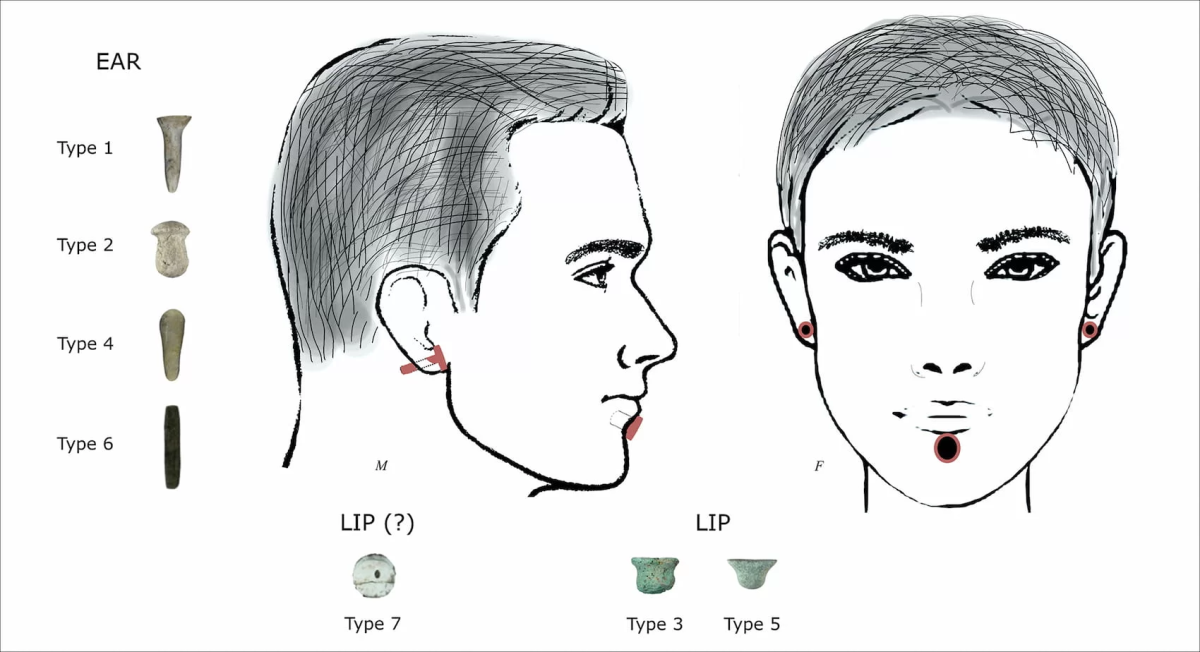Archaeologists unearthed the earliest known evidence of body perforation in skeletons dating back 11,000 years at the Bo
Archaeologists unearthed the earliest known evidence of body perforation in skeletons dating back 11,000 years at the Boncuklu Tarla in Türkiye

Archaeologists have unearthed the earliest known evidence of body perforation in skeletons dating back 11,000 years at the Boncuklu Tarla excavation site in southeastern Türkiye.
Furthermore, analysis reveals that only adults had body piercings, indicating that the prehistoric custom might have been a ritual associated with coming-of-age ritual.
The findings, which date back to around 11,000 BC, shed new light on early sedentary communities’ body modification practices and call into question existing narratives about their origins in South-west Asia.
A team from Ankara University unearthed more than 100 ornaments buried in the graves of 11 thousand-year-old individuals during excavations carried out in Boncuklu Tarla between 2012 and 2017.
The ornaments were discovered in situ next to the ears and chins of the skeletal remains, and are mostly made from limestone, obsidian, chlorite, copper, or river pebbles. The variety of the ornaments suggests that they were designed for use in both ear and lower lip piercings known as labrets.
More:
https://arkeonews.net/archaeologists-unearthed-the-earliest-known-evidence-of-body-perforation-in-skeletons-dating-back-11000-years-at-the-boncuklu-tarla-in-turkiye/
